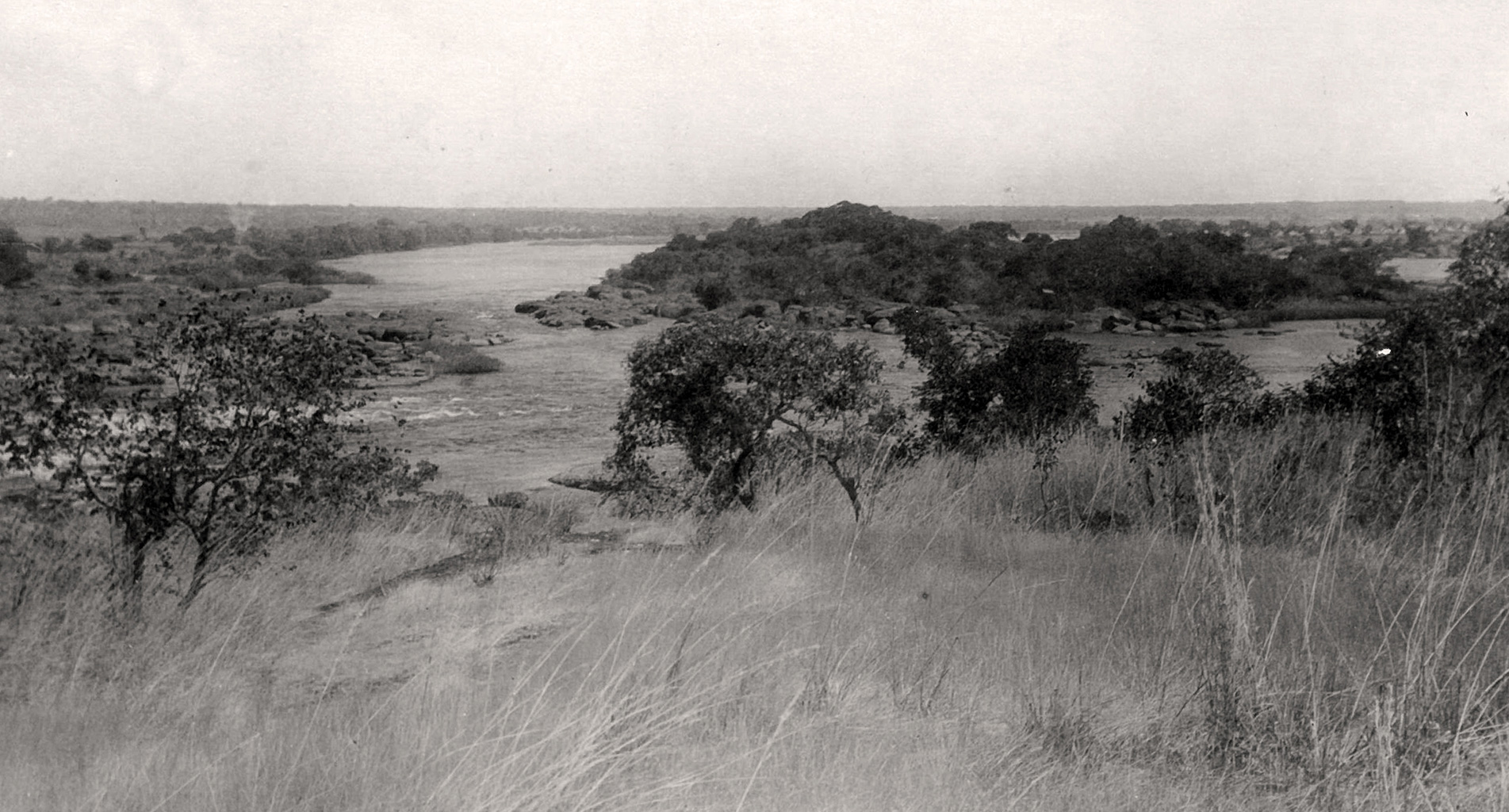
Regional Focus: Canada
Bruce Knight first came to Canada in 1964 to work on the Mica Dam after working for Watermeyer, Legge, Piésold and Uhlmann (WLPU) in Southern Rhodesia (now Zimbabwe). He subsequently opened the Australian WLPU practice in 1972, and in 1974, he decided to return to Canada.
In November 1975 Knight established Knight & Piésold Ltd. in Vancouver, British Columbia, in partnership with David Piésold, the senior partner in the WLPU UK practice, to tap into the Canadian mining market. This marked the first operating company within the group to use both names—Knight and Piésold.
In early 1976 the company moved into its first official office space in downtown Vancouver. The Masinga Dam project in Kenya kept the Vancouver team busy for the first couple of years working in conjunction with the UK operations.
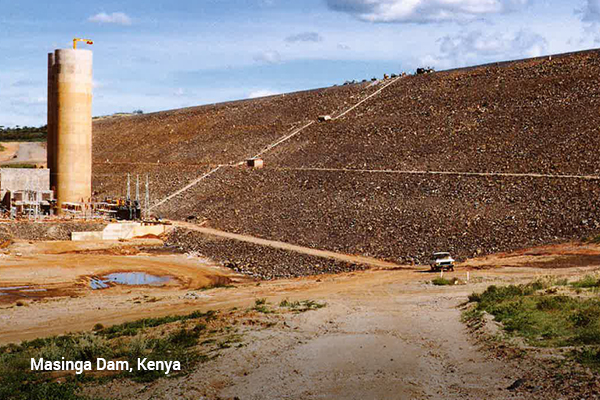
In 1978 Knight & Piésold Ltd. was retained to design the tailings dam for the Key Lake uranium mine in northern Saskatchewan. This was the company’s first big project in Canada, and it was instrumental in getting the company established locally in tailings and water management for mining projects. It was for this project that Jeremy Haile was asked to join the Vancouver office.
Haile had been working for WLPU since 1972 in Zambia and the UK and was just finishing up his master’s degree when he received a call from Piésold asking him if he would join the Vancouver team to work under Knight. Their paths had first crossed in 1973 when Knight came to the Zambia office to assist with a large river diversion for the Maamba coal mine. Knight had left quite an impression on the young engineer: “He was a real challenge (in a good way) to work for,” Haile recalled. “He set very high standards and there was a lot to do and big jobs to get involved in.”
The second big project in Canada was the Kelowna Wastewater Treatment Plant. The company won the job by proposing to use a new technology in the field of advanced wastewater treatment, namely the Bardenpho process, which had been used in South Africa for the removal of nitrogen and phosphorus. A research project carried out by the University of British Columbia under contract to the company evaluated the process and demonstrated that it would perform successfully under Canadian winter conditions. Based on these results, the city of Kelowna commissioned the company to design the first Bardenpho treatment plant in Canada.

Haile became a director of the company in 1980. Through the early 1980s the office expanded to around 20 people. A key project at the time was the Pine Point N81 grouting project around an open pit in the Northwest Territories. Armed with bug suits, staff faced the monster mosquitos and black flies in Canada’s far north. Ken Brouwer joined the company in 1985 and worked on the Pine Point N81 project before becoming heavily involved in the design and construction of the Montana Tunnels mine in the USA. This initial work led to other opportunities in Montana, a location where the company continues to maintain a strong presence.
As the 1980s came to an end, one of the biggest changes the company saw was the addition of a computer network system. There were 20 computers throughout the office by November 1990, all connected through an Ethernet to a file server with a 555 MB hard drive. Most computers were equipped with a 1.2 MB floppy disk drive.
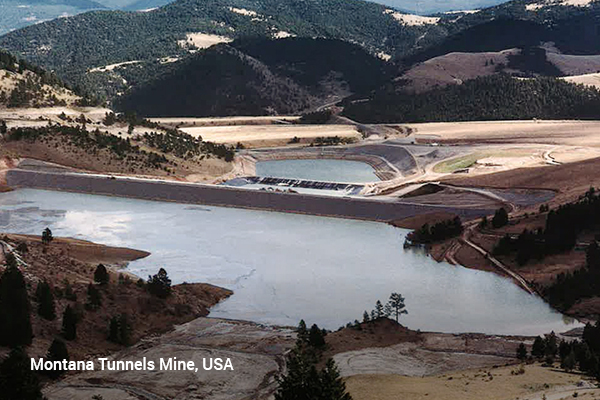
In May 1990 both Knight and Piésold (who was still in the UK) retired, and Haile took over as president of the Canadian operations and became a member of the global group’s Board of Directors. The name “Knight Piésold” was adopted by all the operating companies under the global group except for the South African company, and a global operating committee was established to coordinate operating companies and partnerships in the group.
In June 1990 the company and Bob Hallam, an independent environmental consultant, formed a joint company called Hallam Knight Piésold to offer environmental and permitting expertise. Hallam Knight Piésold fully integrated into the company when Hallam retired in the early 2000s, resulting in today’s environmental team.
In 1990 the company also commenced a long and valuable relationship with the Hunter Dickinson Group when the company had the opportunity to present alternative mine development concepts for the proposed Mount Milligan mine. The project took a while to come to fruition, and after reactivating engineering work in 2006, production finally commenced at Mount Milligan in 2013, some 23 years after that initial involvement, with the company’s award-winning integrated water and waste management facility at its core.

A young engineer named Ken Embree had been working for Hunter Dickinson at Mount Milligan for a couple of years doing core logging and hydrogeology. Embree joined the company in September 1990 after meeting and working with Haile and Brouwer at site. He would later become managing principal of the North Bay office, then the Vancouver office, and then president of Knight Piésold Ltd.
The tailings facilities for the Kemess and Golden Bear mine developments in the mid-1990s were the first large construction projects where the company assisted Hunter Dickinson. Many other projects have followed over the years.
In December 1992 the company dropped the “&” and officially changed its name to Knight Piésold Ltd. as it is known today.
In the late 1980s Haile saw opportunities to bring some of the hydropower expertise developed by the company on small, rural run-of-river hydro projects in Zambia to mining clients in British Columbia. An early project that went to detailed design was a 1.2 MW facility for the proposed Sulphurets gold mine near Stewart, British Columbia. The first small hydropower development that went to construction was the Boston Bar project, a 7 MW run-of-river hydro project on Scuzzy Creek. Shortly after starting work on Boston Bar and anticipating further calls for new power by BC Hydro, the company delved into its first small hydro initiative, setting up a company called Cascade Power Corporation (CPC) in 1991.
CPC obtained water license applications for hydro development on 10 projects around British Columbia, including Miller Creek and Rutherford Creek. CPC was sold in 1994 and Miller Creek and Rutherford Creek subsequently went on to be developed. Miller Creek was one of the first of the next wave of larger independent power producer (IPP) hydro projects in British Columbia and was instrumental in establishing Knight Piésold Ltd. as a leader in this field. Knight Piésold Ltd. later went on to assist in setting up Cloudworks and Plutonic Power, identifying and acquiring projects while finding the right people to develop them.
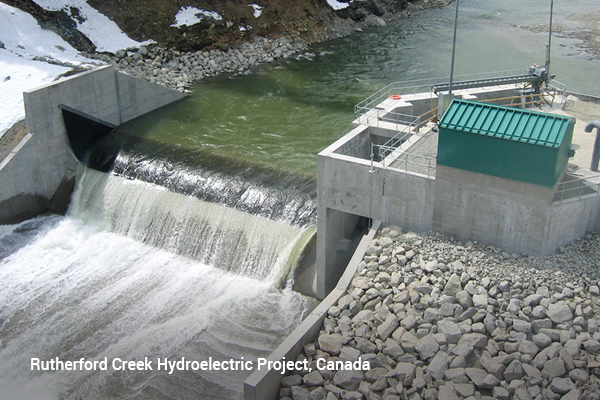
In early 1994 Knight Piésold Ltd. purchased a company in North Bay, Ontario called DNE Engineering. Tom Kerr, who had started at the Vancouver office in 1982, moved to North Bay, and he managed the North Bay office until Embree took over in July 2000, followed by Rob Mercer in 2012, and Craig Hall in 2021. The dedication and focus of these individuals led to the growth and success of the North Bay office seen today.
Through the mid- to late 1990s, international project involvement increased. Knight Piésold Ltd. was retained to work on the Moa Nickel project in Cuba. The project was led by the North Bay team, an exciting change from the mostly northern Ontario based projects that the office was used to. Other international work at the time included projects in the Philippines, Czech Republic, Greece, Turkey, and Central and South America.

By 1998 the company had implemented a formal quality management system and then decided to obtain ISO 9001 certification to showcase this achievement and assist in bidding for international work. The decision was made to hire programmers to develop a paperless system (as much as possible) from scratch to suit the company’s own specialized business needs. Thus, the internal management system, known as KP.org that the entire Knight Piésold group now uses, was born. The system was adopted by the global group in 1999, and the Vancouver office became the global hub for the group’s IT services. Knight Piésold’s systems have been recognized by auditors as exceptional.
In 1999 Sam Mottram left South Africa and joined the company to help with the growing hydropower group. Mottram’s leadership has been instrumental in advancing Knight Piésold’s hydropower group into a specialized global player in the renewable energy sector. Mottram became a managing principal of the company in 2012.
The first couple of years of the new decade were tough times for the company with another recession affecting the workload. In 2003, in a defining moment for the company, a decision was made to move forward with a regionally based structure and philosophy that Knight Piésold has in place today. In particular, the group collectively adopted the “one team” philosophy and embraced a “culture of discipline” to stay focused on becoming the great specialist consulting company that it is today.
By 2004 markets had improved and the offices were incredibly busy, and in 2006 there was a boom of new hires. Mount Milligan started up again, and BC Hydro put out its 2006 Call to Power. As established leaders in the small hydro industry, it was an exciting time for the company.
The 235 MW East Toba and Montrose hydroelectric project, first identified in 2002 by Knight Piésold Ltd. for Plutonic Power (now Innergex), was commissioned in 2010 and the company won the CEBC (now ACEC-BC) Award of Excellence and the prestigious Lieutenant Governor’s Award for Engineering Excellence for the project. The 150 MW Kwalsa and Upper Stave hydroelectric project, identified by Knight Piésold Ltd. in 2001 for Cloudworks Energy (now Innergex) was also developed around the same time, and six hydro facilities were successfully commissioned in 2009/2010.
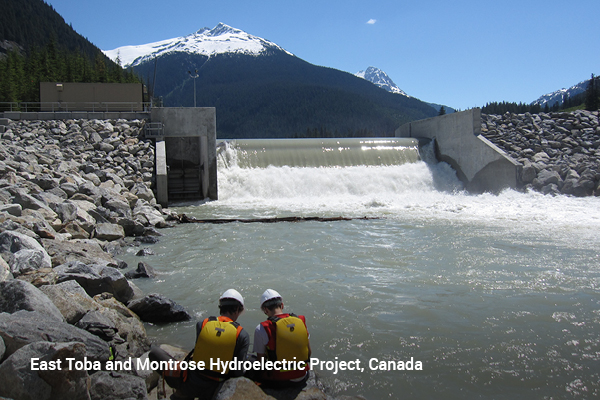
Over the years the company has also been recognized provincially and nationally with awards of merit and awards of excellence for other hydroelectric and water projects, including the Azambi hydroelectric project in 2019, Box Canyon hydroelectric project in 2017, Capilano Break Head Tank and Energy Recovery Facility in 2016, Kokish River hydroelectric project in 2015, and McNair hydroelectric project in 2005.
The 1,100 MW Site C Clean Energy Project commenced construction in 2015, with Knight Piésold Ltd. as the lead designer for the main civil works contractor. The company continues to work on the project today.
Haile, who celebrated 40 years with the company in 2012, stepped down as president and a director of the Canadian operations, and at that time Brouwer took over as president. Embree took over as president in 2019 where he remains today.
The company has steadily expanded its specialist capabilities for its key client groups in the mining and power sectors over the years. Contributions from the whole team have been fundamental to finding, developing, and nurturing key long-term client relationships.
“The fact that we’re here now is amazing. For me and for us in Canada, the fact that we’ve had this longevity and sustainability is really what stands out. We keep performing and doing what we do really well,” said Embree.
The company has continued to grow organically in the last decade, always seeking great new additions to the team while looking to the future with safety and the environment in mind. Knight Piésold has become a world leader in its specialist technical areas. The company is always looking for opportunities to support the renewable energy needs of the future while continuing to assist its mining clients through all phases of project development.

Offices in:
Key Projects:
- 1,100 MW Site C Clean Energy Project
- 235 MW East Toba and Montrose Hydroelectric Project
- 150 MW Kwalsa and Upper Stave Hydroelectric Project
- 50 MW Rutherford Creek Hydroelectric Project
- 45 MW Kokish River Hydroelectric Project
- 16 MW Box Canyon Hydroelectric Project
- 11 MW Azambi Hydroelectric Project
- Capilano Break Head Tank and Energy Recovery Facility
- Woodfibre LNG Project
- Mount Milligan Gold-Copper Mine
- New Afton Mine
- Mary River Project
- Alumbrera Mine
- Palmarejo Mine
- Stillwater and East Boulder Mines
- Montana Resources
- Blackwater Project
- Pebble Project